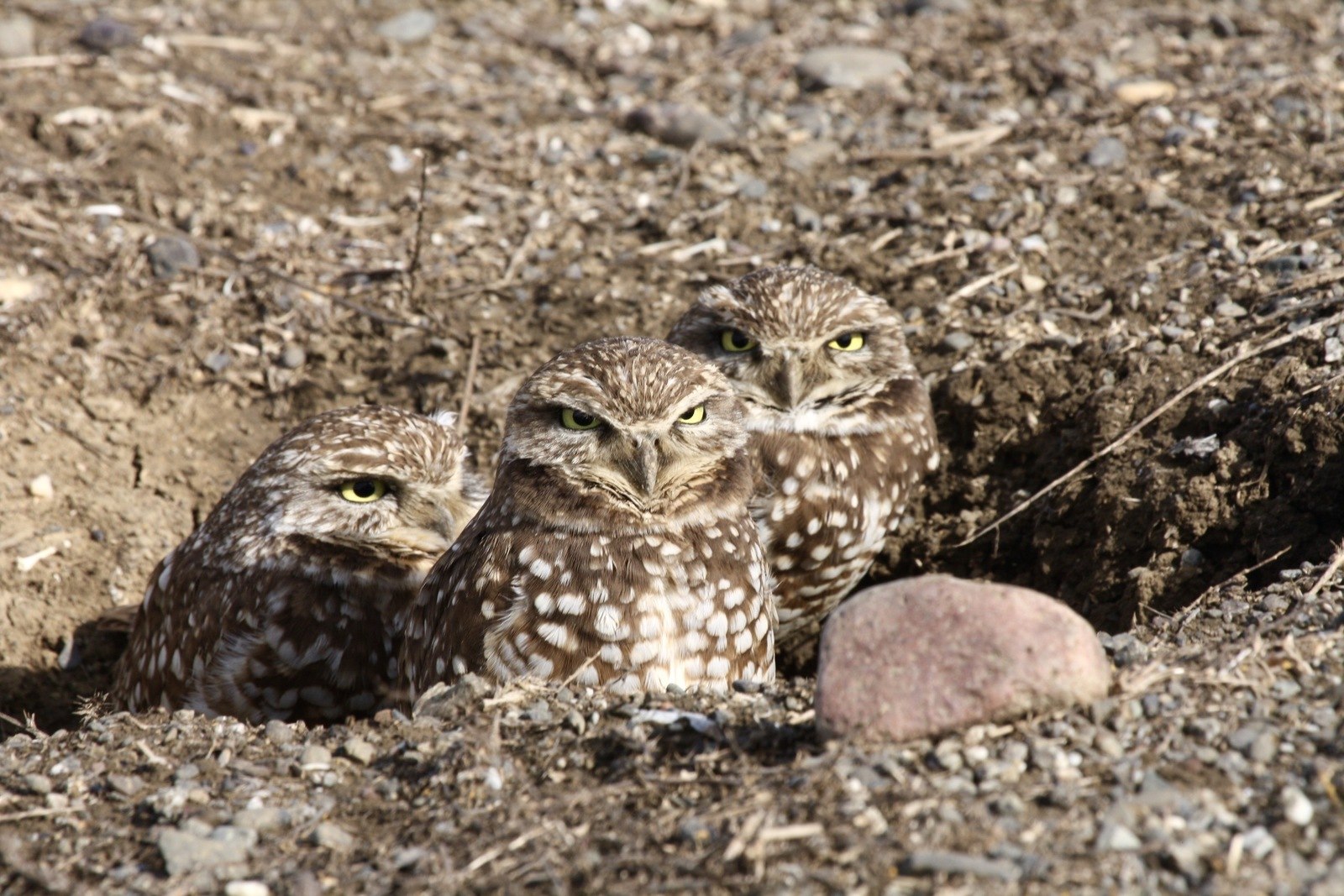
Alternative Energy and Biodiversity
A U.S. Department of Energy Funded Project to Understand the Demographic Impacts of Solar Energy Sites on Migratory Bird Populations Increased solar energy production is a critical element of efforts…

Learn more about the Bird Genoscape Project here.
Neotropical migratory birds are declining across the Western Hemisphere, but conservation efforts have been stalled by the inability to assess where migrants are most limited – the breeding grounds, migratory stopover points, or tropical wintering areas. Historically, efforts to correlate breeding, wintering, and migratory populations have relied on large – scale banding programs or small tracking devices, however, these efforts have met with limited success because recapture of small – bodied birds is rare. Thus, there is an urgent need for a tracking technology that is minimally invasive, reliable, and capable of characterizing migratory patterns on a broad scale.
CTR has developed a a high-resolution molecular tag for tracking migratory birds on hemispheric scales. We are using this approach to create genetic maps, or “genoscapes” of 10 migratory bird species, and hope to expand to 100 species.
We are working with a variety of government and non-profit partners to expand the development of high-resolution molecular tags to species and populations of conservation concern across the Western Hemisphere. The resulting information can be used to help address current and future challenges facing migratory birds.
PROJECTS

A U.S. Department of Energy Funded Project to Understand the Demographic Impacts of Solar Energy Sites on Migratory Bird Populations Increased solar energy production is a critical element of efforts…

The Center for Tropical Research recently launched the Bird Genoscape Project, an effort to map the population-specific migratory routes of 100 species of migratory songbirds by harnessing the power of genomics.
Published Work 2015 | Proceedings of the National Academy of Sciences 112(46), 14290–14294
permalinkPublished Work 2015 | Biological Journal of the Linnaean Society 115(1), 127–133
permalinkPublished Work 2014 | Molecular Ecology 23(23), 5726–5739
permalinkPublished Work 2014 | Ecology and Evolution 4(17), 3456–3469
permalinkPublished Work 2014 | Molecular Ecology 23(19), 4757–4769
permalinkPublished Work 2013 | Molecular Ecology 22(16), 4163–4176
permalinkPublished Work 2013 | Evolutionary Applications 6(6), 865–874
permalinkPublished Work 2012 | PLoS ONE 7(4)
permalinkPublished Work 2012 | The Auk 129(2), 222–230
permalinkPublished Work 2011 | Molecular Ecology 20(15), 3102–3115
permalinkPublished Work 2011 | Biological Journal of the Linnean Society 103(3), 696–706
permalinkPublished Work 2010 | Global Change Biology 17(4), 1671–1680
permalinkPublished Work 2009 | Journal of Tropical Ecology 25, 439–447
permalinkPublished Work 2008 | Condor 110(2), 335–344
permalinkPublished Work 2007 | Proceedings of the Royal Society B 274(1626), 2653–2660
permalinkPublished Work 2006 | Evolution 60(11), 2403–2409
permalinkPublished Work 2006 | Molecular Ecology 16(1), 159–173
permalinkPublished Work 2006 | Molecular Ecology 15(11), 1487–1494
permalinkPublished Work 2005 | Ecological Applications 15(5), 1487–1494
permalinkPublished Work 2005 | Birds of Two Worlds: The Ecology and Evolution of Migration 223-231
permalinkPublished Work 2004 | Conservation Biology 18(1), 156–166
permalinkPublished Work 2003 | Oecologia 136, 302–308
permalinkPublished Work 2003 | Molecular Ecology 12(4), 819–830
permalinkPublished Work 2002 | Molecular Ecology 11(9), 1605–1616
permalinkPublished Work 2002 | Proceedings of the Royal Society, London 269(1498), 1375–1381
permalinkPublished Work 2000 | Proceedings of the Royal Society 267, 1033–1040
permalink